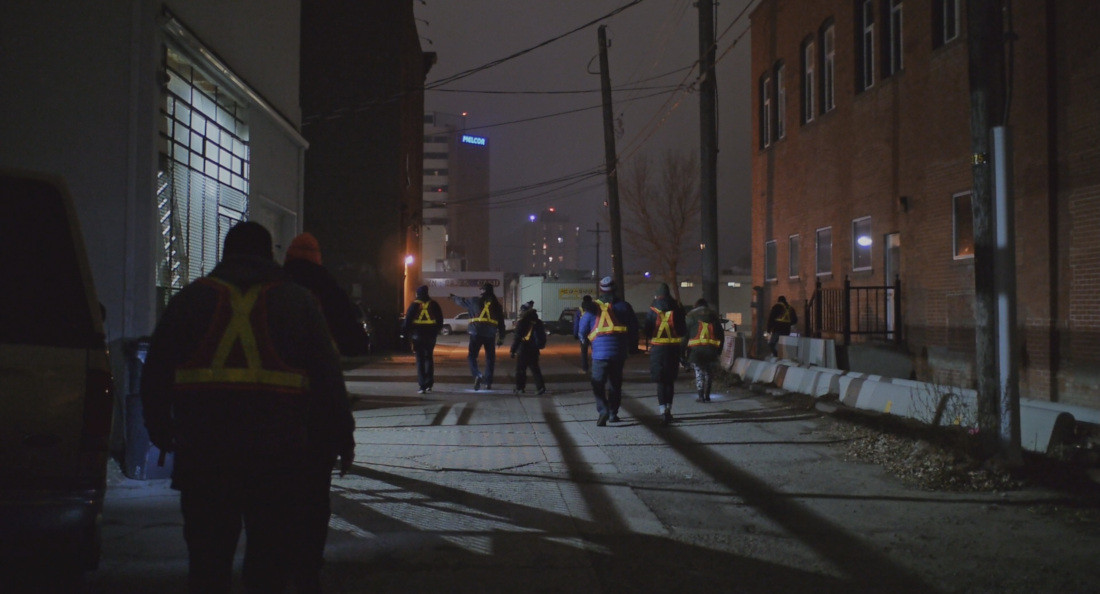Critipeg: Kímmapiiyipitssini: The Meaning of Empathy
★★★★ 1/2
Elle-Máijá Tailfeathers’s documentary Kímmapiiyipitssini: The Meaning of Empathy walks through the impact of the substance-use and overdose epidemic in her community, the Kainai First Nation in Alberta.
It’s difficult to summarize the depth and perspective Kímmapiiyipitssini presents, but, simply put, this documentary is a tapestry. It holistically but meticulously highlights each thread that constitutes the multifaceted issue of addiction in Indigenous communities. But each thread is framed by one joining message: have empathy.
One core aspect of Kímmapiiyipitssini: The Meaning of Empathy is the personal narratives of recovering addicts. Each of their stories bring forth an honest account of overcoming addiction.
These stories are difficult, due to the fact that they touch on the generational and ongoing trauma that permeates Indigenous communities and often drives people to substance use. As difficult as it can be to engage with what they say, it’s important to hang on to every word.
Aside from the heavy subject matter, however, actively listening to this film isn’t challenging. In fact, the film is incredibly evocative and engaging. It just knows how to draw viewers in and keep their attention locked. Every piece of information it presents is easy to grasp and will stay with audiences.
But the documentary goes beyond personal narratives. It includes a medical point of view, walking through what it means for Indigenous people to receive treatment. Unsurprisingly, it’s not accessible.
An interesting angle Kímmapiiyipitssini takes is the way it discusses two schools of thought for treating substance-use disorders: abstinence and harm reduction.
The film discusses how the abstinence model (quitting altogether) is the dominant approach and often heralded as the only way to treat addiction.
Kímmapiiyipitssini demonstrates how harmful this outlook is while presenting a case for harm reduction, which focuses on weaning a patient off a substance and gradually curbing their addiction. The film doesn’t advocate for the erasure of the abstinence school of thought. Rather, it tries to make a case for harm reduction to be considered as an alternate approach.
Even with the heavy topics that Kímmapiiyipitssini brings to light, it still maintains a hopeful tone. The documentary takes time to celebrate those who are treating their addictions, showing how badly people want to heal and thrive. The mood is far from depressing. If anything, it’s honest. It’s a representation of a collection of emotions that surface around living with a substance use disorder.
This film needs to be watched. It’s beautiful in the way it blends the personal histories of Indigenous people within the opioid epidemic with its advocacy for different kinds of treatment. At its core, Kímmapiiyipitssini is a message of love and compassion. It’s a call to action. Anyone who watches this documentary will be better off for having done so.
Kímmapiiyipitssini: The Meaning of Empathy plays Nov. 19 at Cinematheque.
Published in Volume 76, Number 08 of The Uniter (November 4, 2021)







